Data Reveals Sunny Potential for Solar Power in Austin

by John Egan
March 20, 2017
At the Mueller development in Austin, TX, rooftop solar panels are just as prominent as the shingles on the rooftops.
At Mueller, built on the site of Austin’s old municipal airport, 277 homeowners opted to install solar panels on their rooftops. The folks at Mueller community say that’s the highest concentration of owner-installed solar rooftop panels in the U.S. That installed solar capacity, on more than one-third of Mueller’s residential rooftops, totals about 1.5 megawatts.
Mueller is a stellar example of solar power in a city that takes pride in its harnessing of solar power. In 2015, Austin ranked 13th among U.S. cities for total installed solar capacity and 18th for per-capita installed solar capacity.
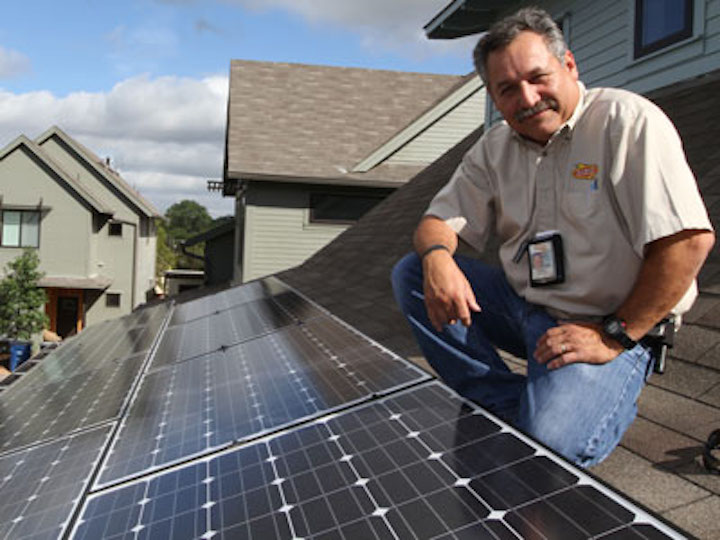
More than 270 rooftop solar installations are in place at Austin’s Mueller development.
Photo:Austin Energy
Of course, not every rooftop in Austin is equipped with solar panels -- and probably never will be. But what would it look like if solar installations saturated as many Austin rooftops as possible? We collected data from Google’s Project Sunroof to answer that question. According to the project’s estimates:
- 85 percent of roofs in Austin could accommodate solar panels.
- Those solar panels would cover about 195,000 rooftops of homes, office buildings and other structures.
- The roof space equipped with solar panels would encompass 291 million square feet. That’s equivalent to about 1,600 Walmart Supercenters.
- The 195,000 rooftop installations would have a solar power capacity of 4,100 megawatts. Just 1 megawatt of solar energy can power 164 typical American homes.
- The 195,000 rooftop installations would produce 5.5 million megawatt-hours of electricity each year. The average U.S. household uses 11,000 kilowatt-hours of energy each year. One megawatt-hour equals 1,000 kilowatt-hours.
The median size of each rooftop solar installation in Austin would be 705 square feet, according to Project Sunroof, with a solar capacity of 10 kilowatts. The median rooftop system would generate about 13,200 kilowatt-hours of electricity each year.
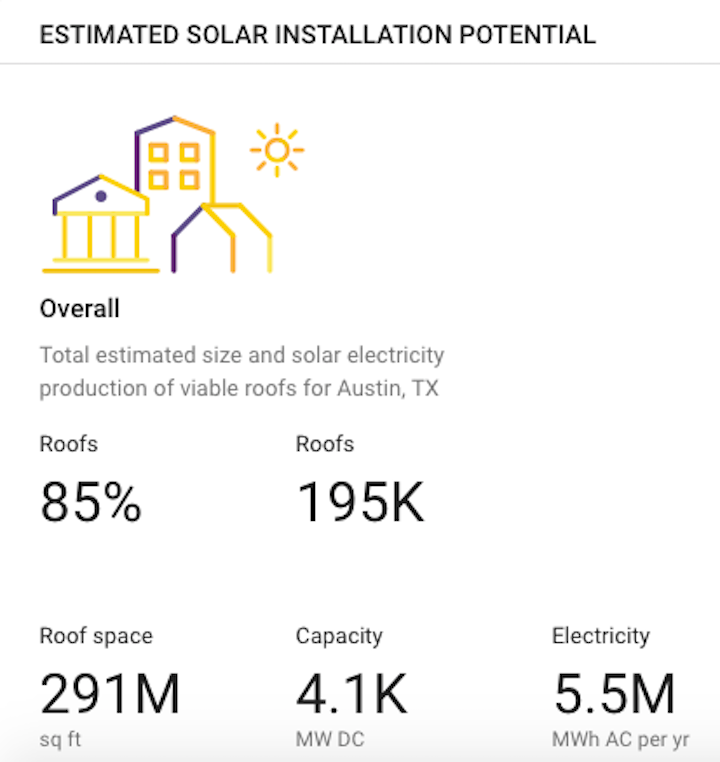
Photo:Project Sunroof data explorer (February 2017)
From an environmental perspective, the impact of that many rooftop solar installations would be astounding. Project Sunroof estimates the Austin installations could eliminate 2.7 million metric tons of carbon dioxide -- equivalent to taking 565,000 cars off the road for one year or growing 68.6 million pollution-reducing tree seedlings for 10 years.
Austin city officials are promoting ways to boost the city’s solar power capacity. Most notably, the Austin City Council in February 2017 approved a resolution, sponsored by City Council Member Leslie Pool, that urges development of solar-ready homes and businesses. That would be carried out by requiring builders to make room for solar panels on new buildings -- a move opposed by local builders as too restrictive, given Austin’s notoriously tough permitting process for new construction.
Push for Renewable Energy
The continuing installation of rooftop solar in Austin will help Austin Energy, the city’s main utility, achieve its goal of providing 55 percent of its power from renewable energy sources by 2025. As of October 2016, Austin Energy supported more than 5,600 residential solar energy installations, 315 commercial projects, 44 school projects and 60 municipal projects.
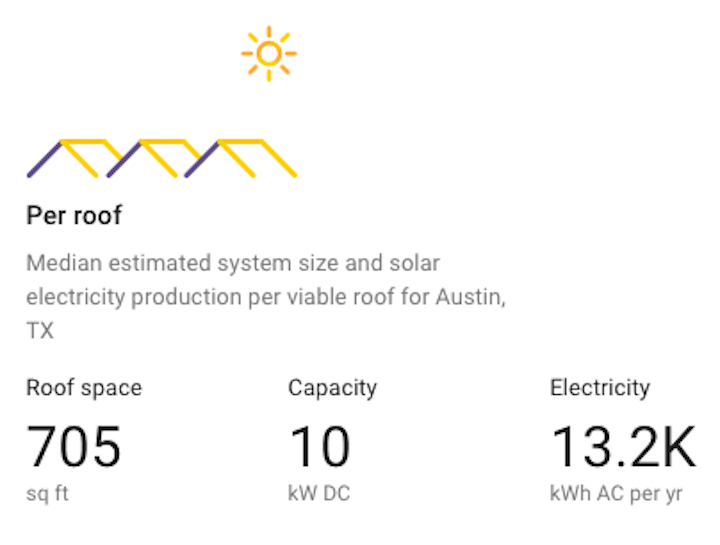
Photo:Project Sunroof data explorer (February 2017)
“Investing in renewables is a social justice issue in addition to being critical for environmental protection,” Austin City Council Member Delia Garza said in 2015. “We should take every opportunity to move toward renewables and lessen our dependence on fossil fuels when we’re able to do it in a way that’s affordable for our ratepayers.”
Austin Energy notes that it’s been a national leader in driving adoption of solar energy by offering solar incentives for residential and commercial projects. Robert Cullick, a spokesman for Austin Energy, says that during its 2016 budget year, the utility approved 1,000 applications for incentives and rebates.
“Just like we did to help Texas lead the country in wind energy, Austin is leading the way to transform and expand the solar industry in our state,” Austin Mayor Steve Adler said in 2015.
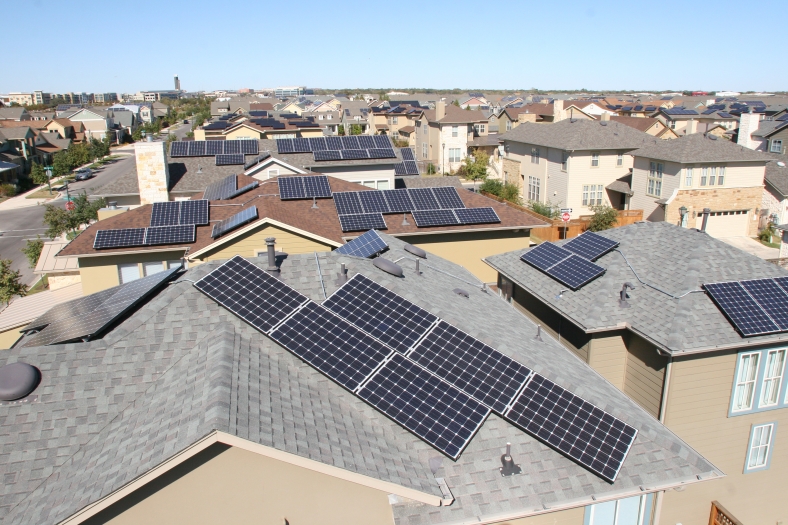
City officials are working on ways to bring more rooftop solar to buildings in Austin.
Photo: U.S. Department of Energy
Cullick expects the use of solar power in Austin to continue expanding.
Prices of solar setups “have come down significantly in the past decade, and solar now pays for itself over the life of a system,” Cullick says. “Residential solar will continue to grow as solar moves beyond the innovators and early-adopters portion of the adoption curve toward the mainstream.”
Project Sunroof
Project Sunroof takes into account the amount of available sunlight and roof space to compute its estimates for solar energy. Its formula adheres to these three rules:
- Every included solar panel must receive at least 75 percent of the maximum annual sun in a locality.
- The installation size of every included roof must be at least 2 kilowatt-hours.
- Only areas of a roof with enough space to install four adjacent solar panels are counted.
Related Posts

Which Type of Grass Should I Plant in Austin?

5 Common Myths About Lawn Care in Austin
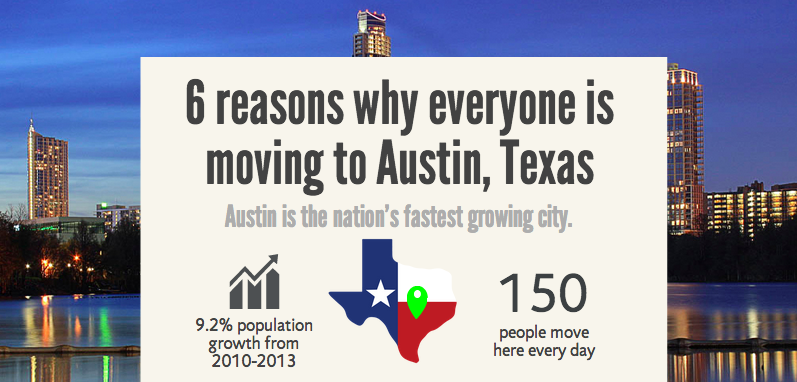
6 Reasons Why Everyone Is Moving To Austin, Texas
LawnStarter is Austin's most convenient lawn care service
Easy 5 minute booking
Austin's top-rated lawn pros
Online account management